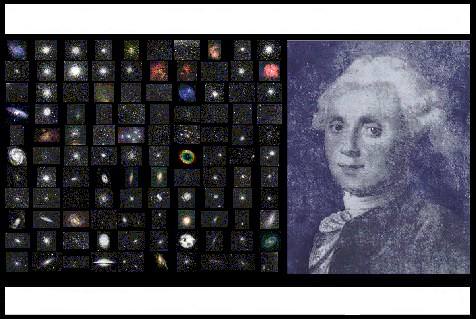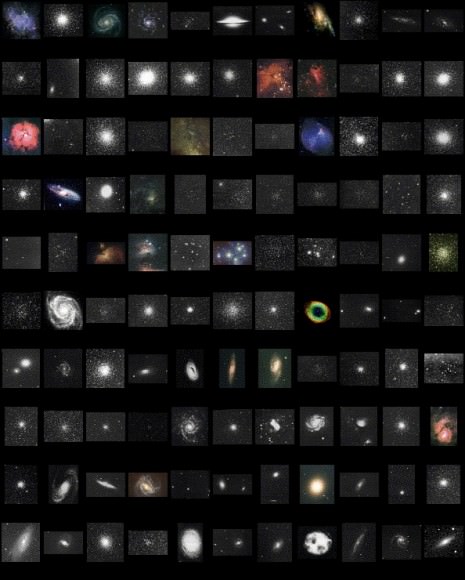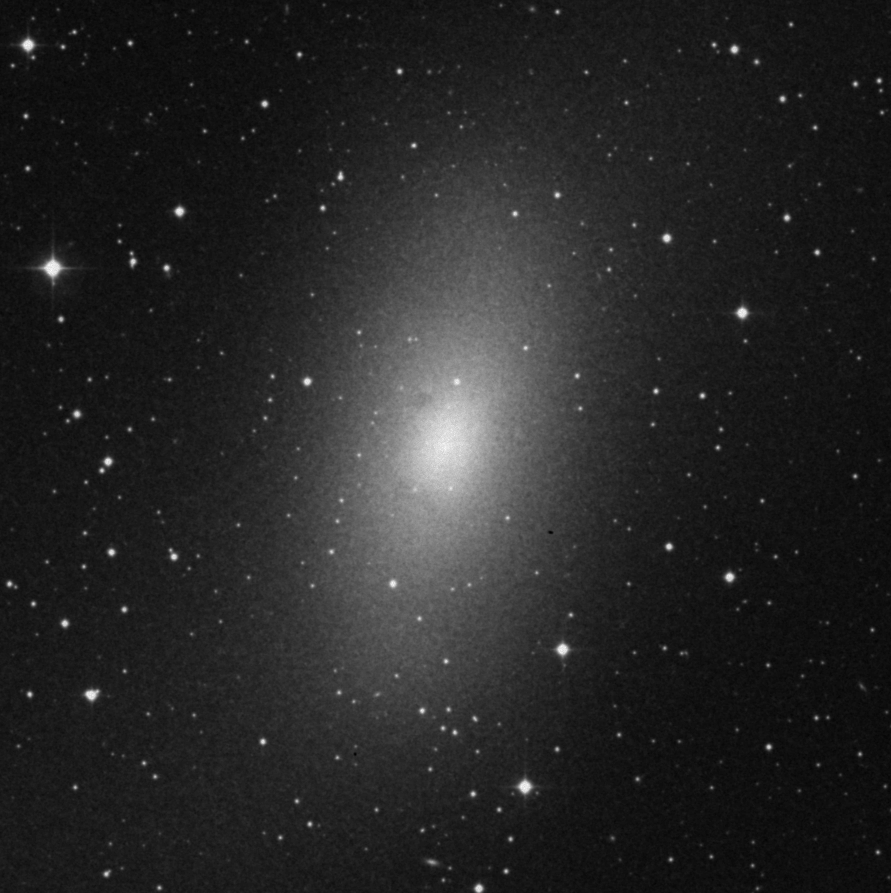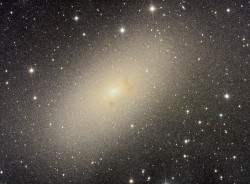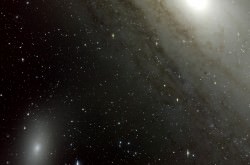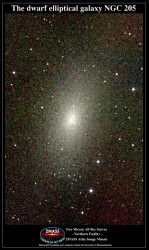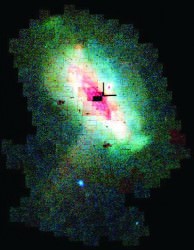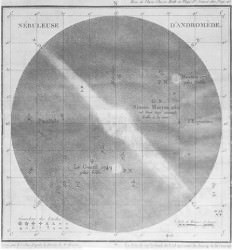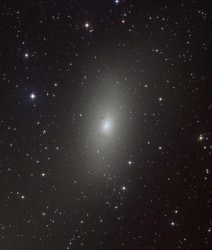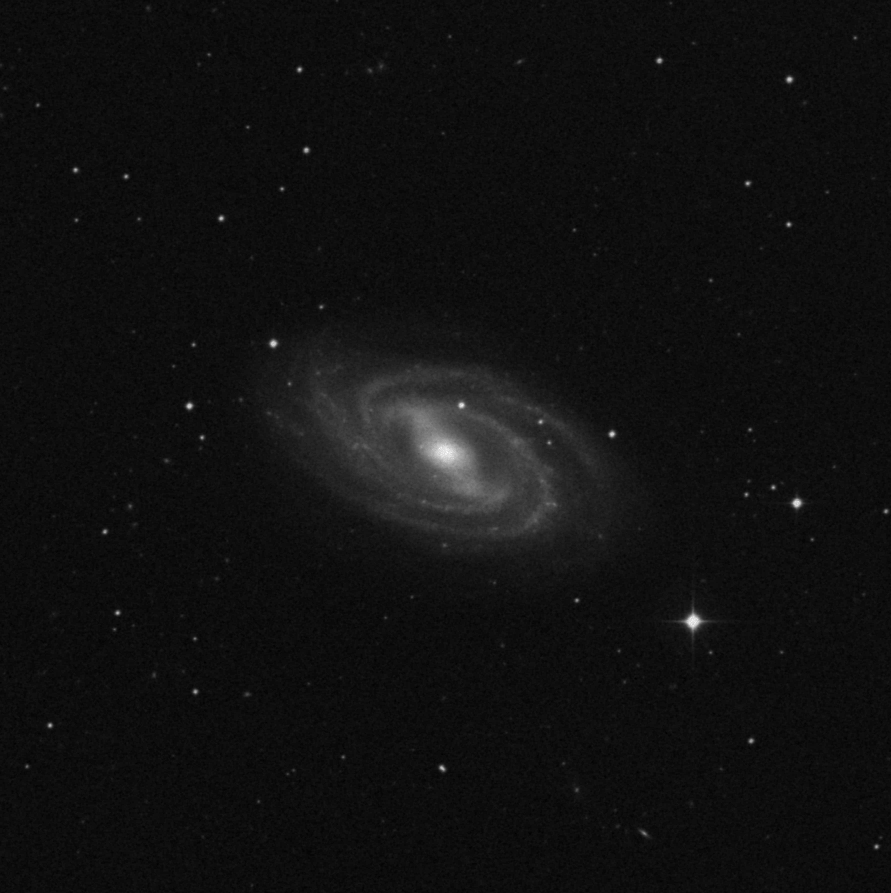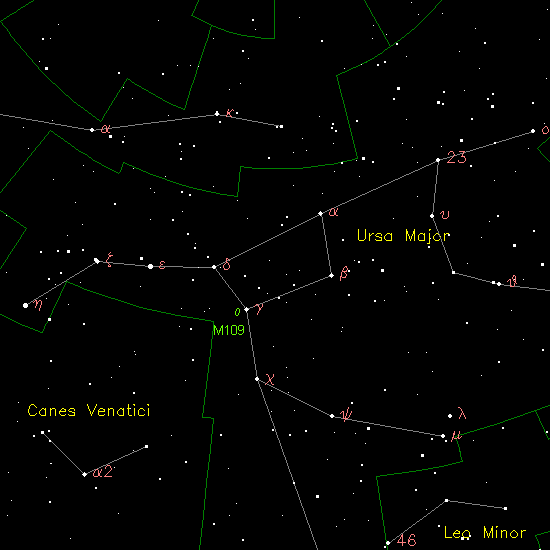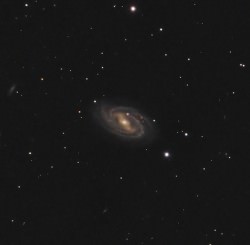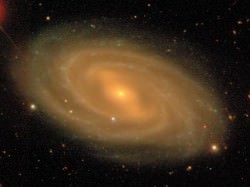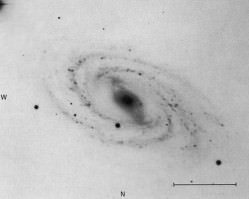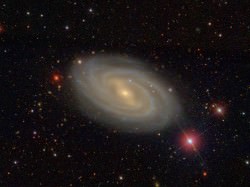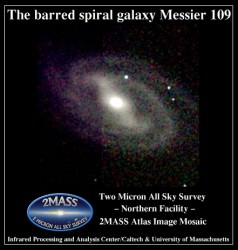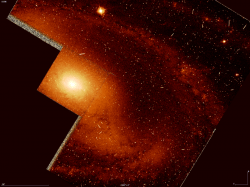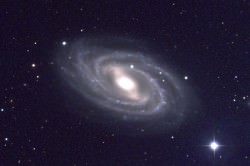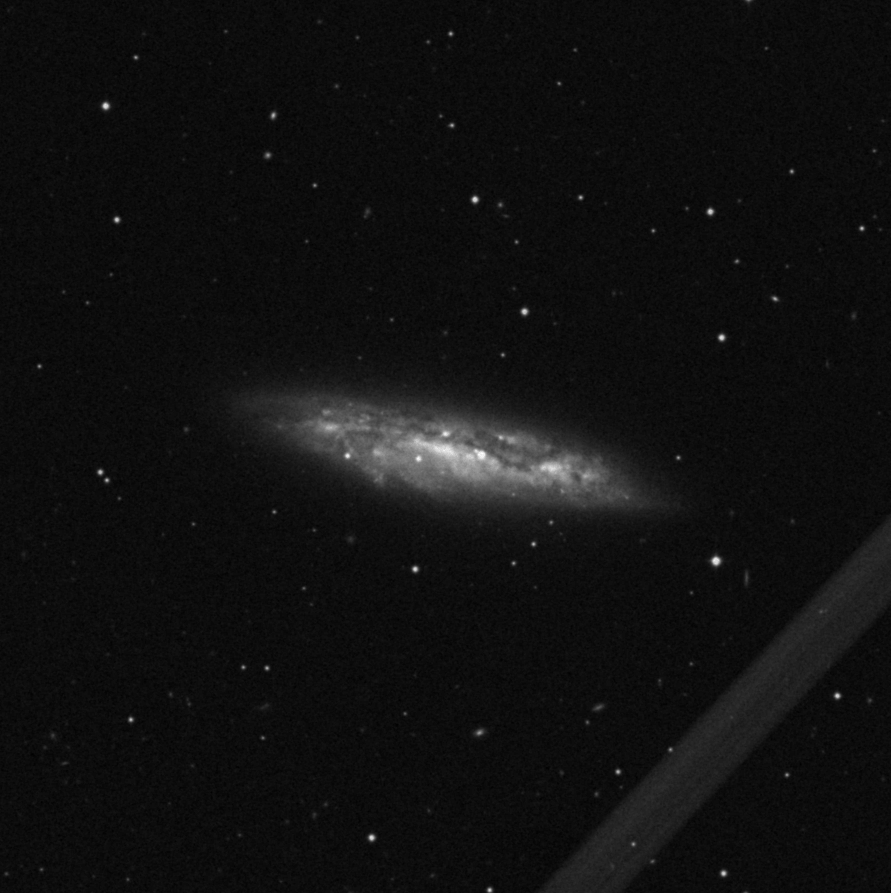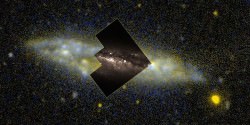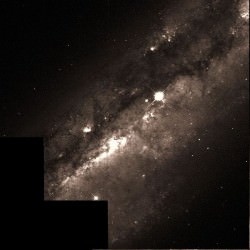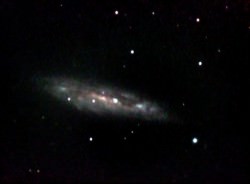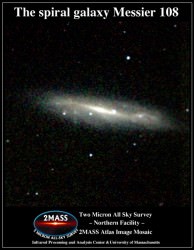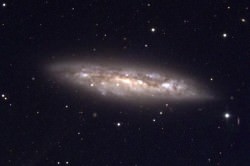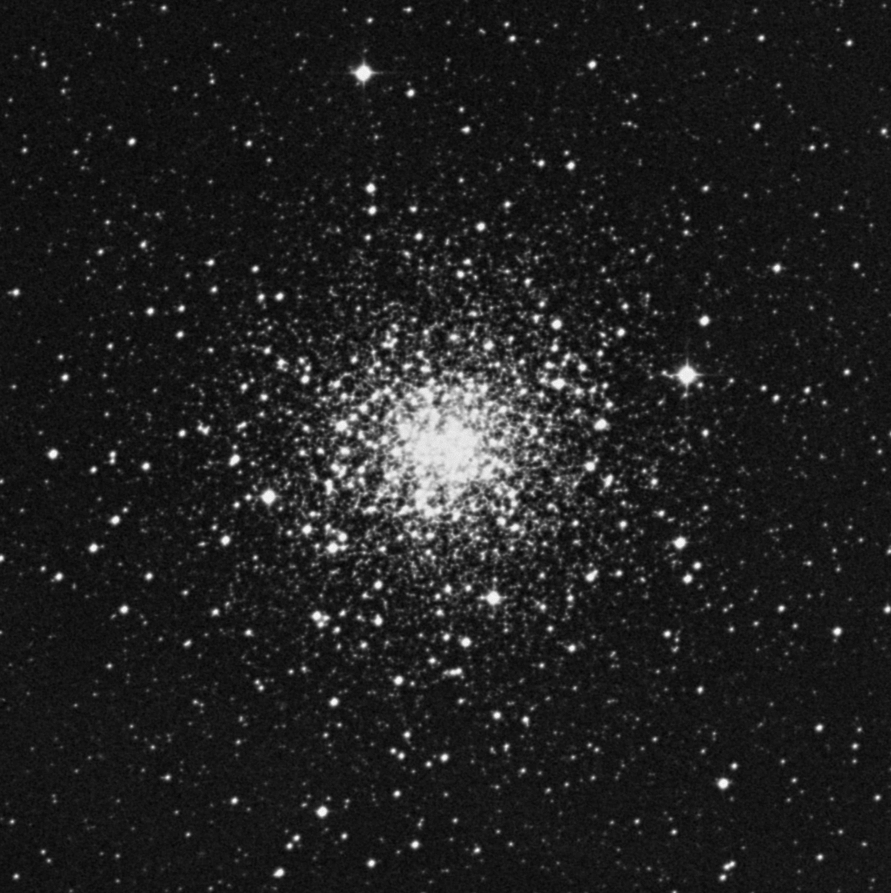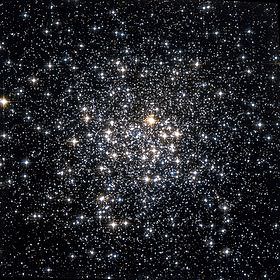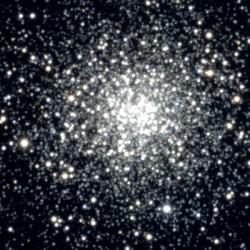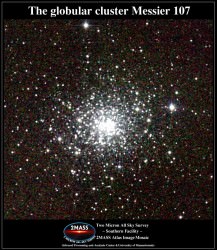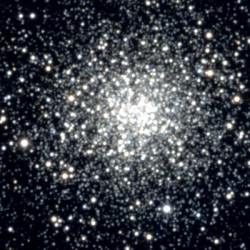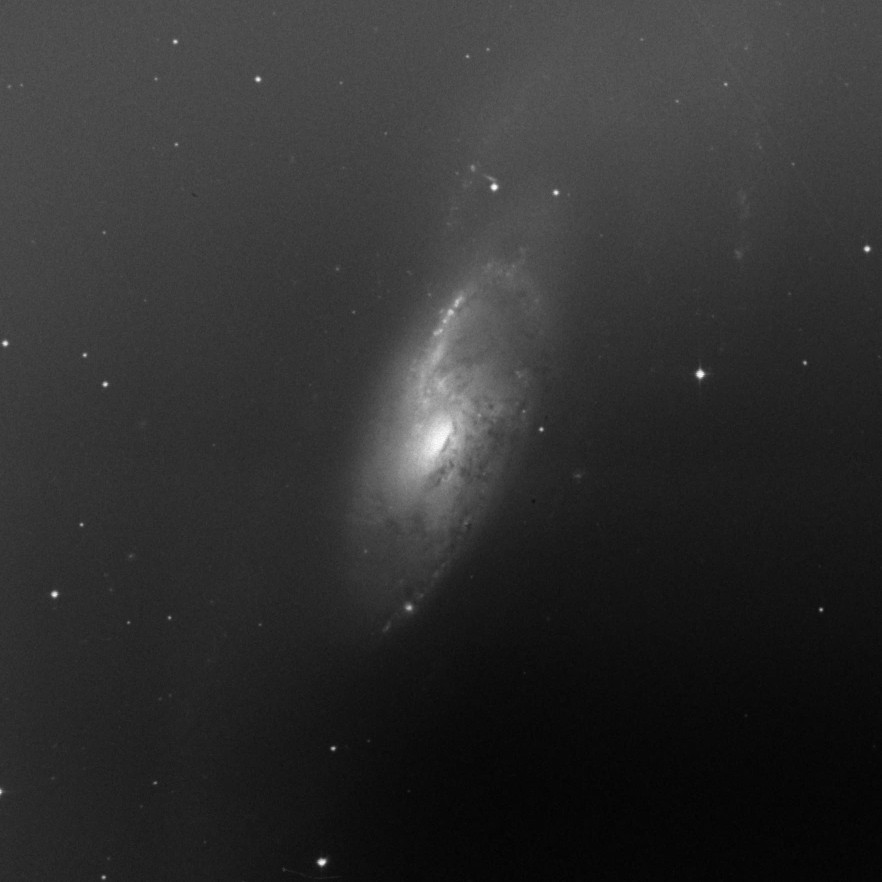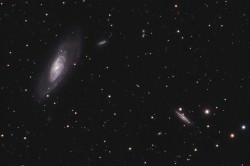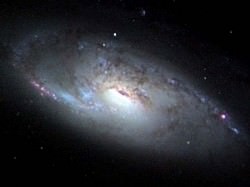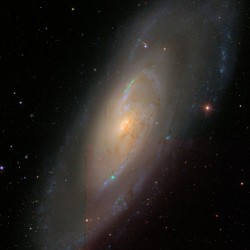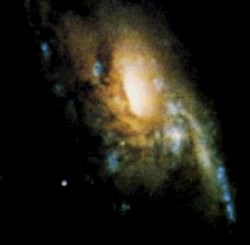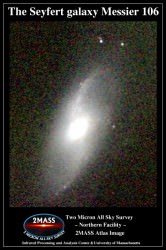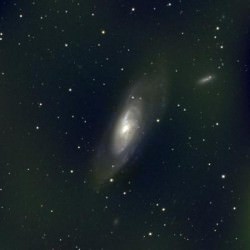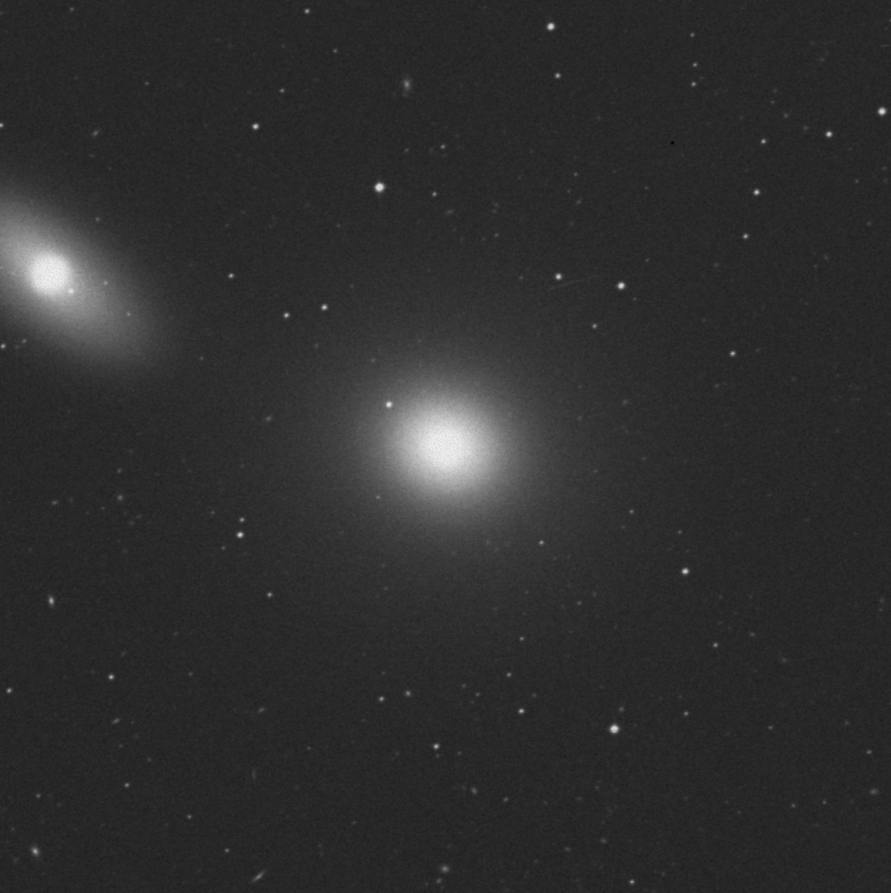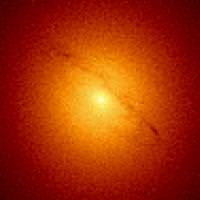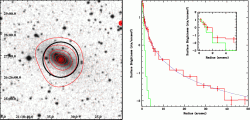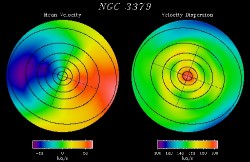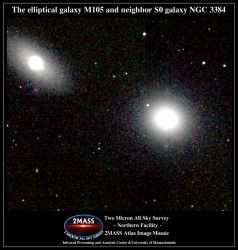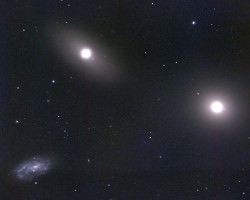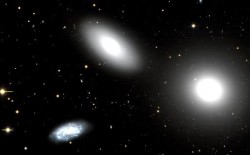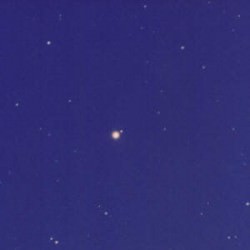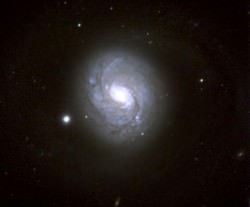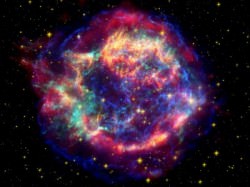The Messier Marathon is an exhaustive attempt by an astronomer to observe all 110 Messier Objects in a single night – usually occurring around Spring Equinox when all objects can be seen between dusk and dawn. The observer begins with objects which are low to the western horizon at sky dark, continuing eastward and finishing with the targets that are low to the east just before dawn. While no sequence list can be perfect for every observer at every location, the below list works well with mid-northern latitudes and can be modified to suit your needs.
Each year astronomy clubs and observing groups get together to run the “Messier Marathon”… an exhausting, yet wonderful time!
Messier Marathon Observing List
!. M77 spiral galaxy in Cetus
2. M74 spiral galaxy in Pisces
3. M33 The Triangulum Galaxy (also Pinwheel) spiral galaxy in Triangulum
4. M31 The Andromeda Galaxy spiral galaxy in Andromeda
5. M32 Satellite galaxy of M31 elliptical galaxy in Andromeda
6. M110 Satellite galaxy of M31 elliptical galaxy in Andromeda
7. M52 open cluster in Cassiopeia
8. M103 open cluster in Casseopeia
9. M76 The Little Dumbell, Cork, or Butterfly planetary nebula in Perseus
10. M34 open cluster in Perseus
11. M45 Subaru, the Pleiades–the Seven Sisters open cluster in Taurus
12. M79 globular cluster in Lepus
13. M42 The Great Orion Nebula diffuse nebula in Orion
14. M43 part of the Orion Nebula (de Mairan’s Nebula) diffuse nebula in Orion
15. M78 diffuse reflection nebula in Orion
16. M1 The Crab Nebula supernova remnant in Taurus
17. M35 open cluster in Gemini
18. M37 open cluster in Auriga
19. M36 open cluster in Auriga
20. M38 open cluster in Auriga
21. M41 open cluster in Canis Major
22. M93 open cluster in Puppis
23. M47 open cluster in Puppis
24. M46 open cluster in Puppis
25. M50 open cluster in Monoceros
26. M48 open cluster in Hydra
27. M44 Praesepe, the Beehive Cluster open cluster in Cancer
28. M67 open cluster in Cancer
29. M95 spiral galaxy in Leo
30. M96 spiral galaxy in Leo
31. M105 elliptical galaxy in Leo
32. M65 spiral galaxy in Leo
33. M66 spiral galaxy in Leo
34. M81 Bode’s Galaxy (nebula) spiral galaxy in Ursa Major
35. M82 Cigar Galaxy irregular galaxy in Ursa Major
36. M97 The Owl Nebula planetary nebula in Ursa Major
37. M108 spiral galaxy in Ursa Major
38. M109 spiral galaxy in Ursa Major
39. M40 Double Star WNC4 in Ursa Major
40. M106 spiral galaxy in Canes Venatici
41. M94 spiral galaxy in Canes Venatici
42. M63 Sunflower galaxy spiral galaxy in Canes Venatici
43. M51 The Whirlpool Galaxy in Canes Venatici
44. M101 The Pinwheel Galaxy spiral galaxy in Ursa Major (M102 may be a duplication of M101)
45. M102? Spindle Galaxy (NGC 5866) lenticular (S0) Galaxy in Draco
46. M53 globular cluster in Coma Berenices
47. M64 Blackeye galaxy spiral galaxy in Coma Berenices
48. M3 globular cluster in Canes Venatici
49. M98 spiral galaxy in Coma Berenices
50. M99 spiral galaxy in Coma Berenices
51. M100 spiral galaxy in Coma Berenices
52. M85 lenticular (S0) Galaxy in Coma Berenices
53. M84 lenticular (S0) galaxy in Virgo
54. M86 lenticular (S0) galaxy in Virgo
55. M87 Virgo A elliptical galaxy in Virgo
56. M89 elliptical galaxy in Virgo
57. M90 spiral galaxy in Virgo
58. M88 spiral galaxy in Coma Berenices
59. M91 spiral galaxy in Coma Berenices
60. M58 spiral galaxy in Virgo
61. M59 elliptical galaxy in Virgo
62. M60 elliptical galaxy in Virgo
63. M49 elliptical galaxy in Virgo
64. M61 spiral galaxy in Virgo
65. M104 The Sombrero Galaxy spiral galaxy in Virgo
66. M68 globular cluster in Hydra
67. M83 Southern Pinwheel Galaxy spiral galaxy in Hydra
68. M5 globular cluster in Serpens Caput
69. M13 Great Hercules Globular Cluster globular cluster in Hercules
70. M92 globular cluster in Hercules
71. M57 The Ring Nebula planetary nebula in Lyra
72. M56 globular cluster in Lyra
73. M29 open cluster in Cygnus
74. M39 open cluster in Cygnus
75. M27 The Dumbbell Nebula planetary nebula in Vulpecula
76. M71 globular cluster in Sagitta
77. M107 globular cluster in Ophiuchus
78. M10 globular cluster in Ophiuchus
79. M12 globular cluster in Ophiuchus
80. M14 globular cluster in Ophiuchus
81. M9 globular cluster in Ophiuchus
82. M4 globular cluster in Scorpius
83. M80 globular cluster in Scorpius
84. M19 globular cluster in Ophiuchus
85. M62 globular cluster in Ophiuchus
86. M6 The Butterfly Cluster open cluster in Scorpius
87. M7 Ptolemy’s Cluster open cluster in Scorpius
88. M11 The Wild Duck Cluster open cluster in Scutum
89. M26 open cluster in Scutum
90. M16 open cluster associated with the Eagle Nebula or Star Queen Nebula IC 4703 in Serpens Cauda
91. M17 The Omega or Swan or Horseshoe or Lobster Nebula diffuse nebula in Sagittarius
92. M18 open cluster in Sagittarius
93. M24 Milky Way Patch star cloud with open cluster NGC 6603 in Sagittarius
94. M25 open cluster in Sagittarius
95. M23 open cluster in Sagittarius
96. M21 open cluster in Sagittarius
97. M20 The Trifid Nebula diffuse nebula in Sagittarius
98. M8 The Lagoon Nebula diffuse nebula in Sagittarius
99. M28 globular cluster in Sagittarius
100. M22 globular cluster in Sagittarius
101. M69 globular cluster in Sagittarius
102. M70 globular cluster in Sagittarius
103. M54 globular cluster in Sagittarius
104. 55 globular cluster in Sagittarius
105. M75 globular cluster in Sagittarius
106. M15 globular cluster in Pegasus
107. M2 globular cluster in Aquarius
108. M72 globular cluster in Aquarius
109. M73 open cluster in Aquarius
110. M30 globular cluster in Capricornus
Good luck!!
Messier Poster courtesy of SEDS.

